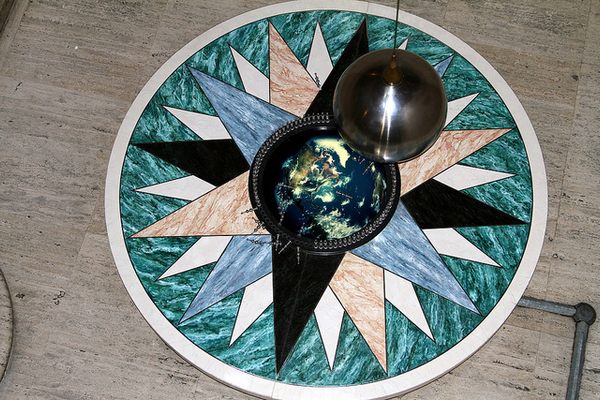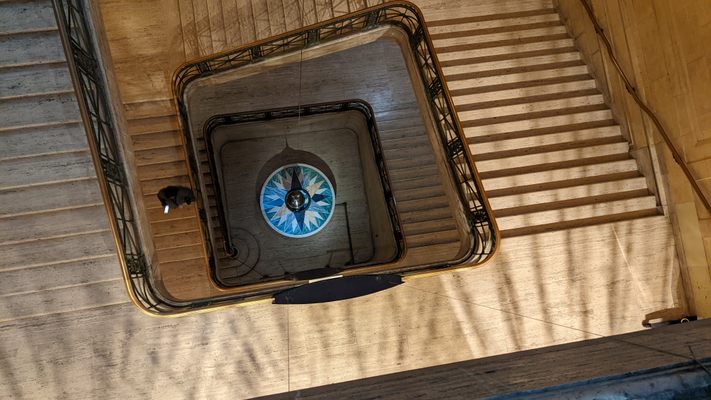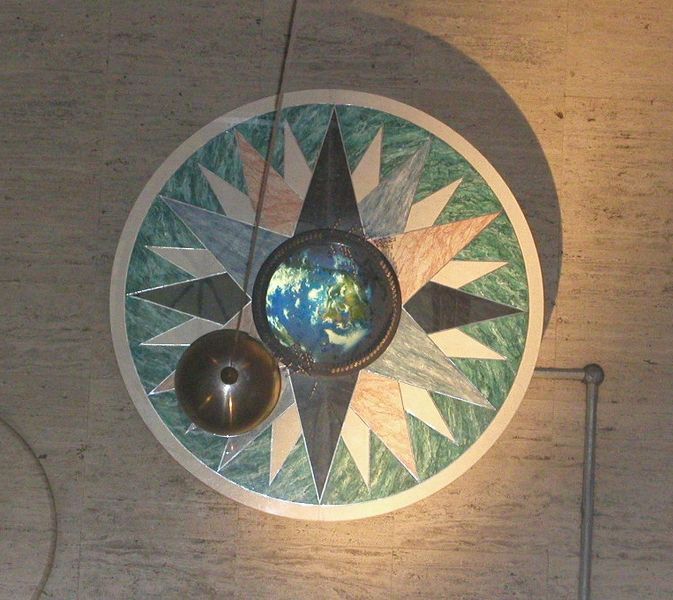About
In 1851, French physicist Léon Foucault elegantly proved the rotation of the Earth around its axis with a startlingly simple experiment.
Foucault was no slouch. He famously discovered eddy currents and was one of the first people to attempt measurement of the speed of light. For this experiment, he took on the role of carpenter in addition to calculator.
Foucault constructed a 67-foot pendulum, which he suspended from the ceiling of the Paris Observatory over a circular protractor. Over the course of the day the swinging weight appeared to move in a circle. But the weight had not actually changed direction—it just seemed like it had. What had rotated was the Earth below it.
Foucault pendulums quickly became something of the rage in science museums around the world. (An exact replica of Foucault’s original experiment hangs in the Paris Panthéon.) The pendulums are attractive, relatively inexpensive, and logically illustrate a measurable phenomenon. It seems obvious that one would be installed at the Franklin Institute, Philadelphia’s proud science education center.
The four-story Foucault pendulum at the Franklin Institute has now been swinging for more than 80 years. It was installed by 11 people, who worked vigilantly to keep the 85-foot wire from irreparably tangling during setup. Every morning at 9:30 a.m., the museum pulls back the 180-pound bob and sets it swinging from North to South. It takes the orb about 10 seconds to swing back and forth and every 20 minutes or so, it knocks over a new metal peg. By days’ end, the surrounding pegs are half-gone, and the world keeps turning.
Related Tags
Community Contributors
Added By
Published
May 7, 2017































